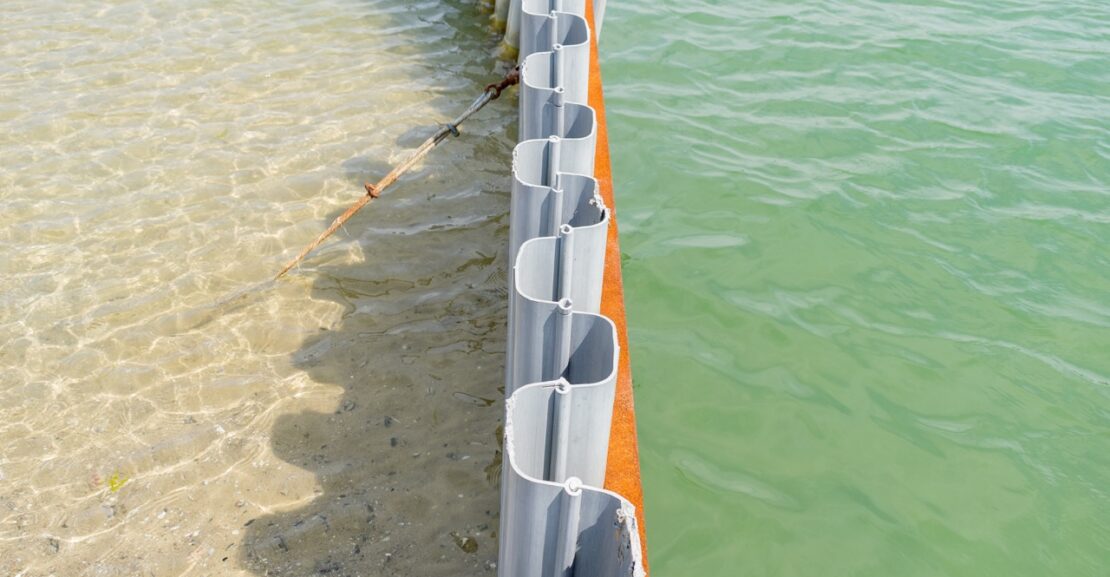Sheet piling is a vital component of many construction and civil engineering projects, serving as a retaining wall or barrier to prevent soil erosion, groundwater intrusion, and flooding. While steel sheet pile has been a popular choice for decades, advances in technology have led to the development of new materials, such as vinyl sheet pile. In this article, we will discuss the history of vinyl sheet pile, its best applications, and its strength compared to steel sheet pile.
History of Vinyl Sheet Pile
Vinyl sheet pile is a relatively new material compared to steel sheet pile, which has been in use since the early 20th century. The first vinyl sheet pile was introduced in the 1990s, and it has since gained popularity in the construction industry due to its unique advantages over steel sheet pile.
Vinyl sheet pile is made from PVC, a material that is lightweight, durable, and resistant to corrosion, chemicals, and UV rays. It is also more cost-effective than steel sheet pile, making it an attractive option for projects with budget constraints.
Best Applications for Vinyl Sheet Pile
Vinyl sheet pile is an excellent choice for a wide range of structural projects, including:
- Seawalls and bulkheads: Vinyl sheet pile is highly resistant to saltwater, making it ideal for coastal protection projects.
- Flood control: Vinyl sheet pile can be used to create dams and barriers to prevent floodwaters from entering residential or commercial areas.
- Retaining walls: Vinyl sheet pile can be used to stabilize slopes and prevent soil erosion.
- Underground construction: Vinyl sheet pile can be used to create excavation support systems for building foundations, tunnels, and pipelines.
Strength of Vinyl Sheet Pile vs. Steel Sheet Pile
One of the most significant concerns regarding vinyl sheet pile is its strength compared to steel sheet pile. While steel sheet pile is known for its high strength and durability, vinyl sheet pile can still provide sufficient strength for many applications.
The strength of vinyl sheet pile depends on several factors, such as the design, installation method, and soil conditions. However, in general, vinyl sheet pile can provide a comparable level of strength to steel sheet pile in many applications. Additionally, vinyl sheet pile is more flexible than steel sheet pile, allowing it to absorb impacts and vibrations better.
Vinyl sheet pile is an innovative and cost-effective solution for many construction and civil engineering projects, offering unique advantages over traditional materials like steel sheet pile. While its strength may not match that of steel sheet pile in all applications, it can still provide sufficient strength for many projects, making it an attractive option for those looking for a more affordable and flexible material. With the continued advancements in technology and materials, vinyl sheet pile is expected to gain even more popularity in the years to come.
Is vinyl sheet pile environmentally friendly?
Yes, vinyl sheet pile is considered to be an environmentally friendly material as it is made from PVC, which is 100% recyclable. Additionally, vinyl sheet pile does not release harmful chemicals into the environment during installation or throughout its lifecycle, making it a safe and sustainable option for retaining walls and other structural projects.
How is vinyl sheet pile installed?
Vinyl sheet pile can be installed using several methods, including vibratory hammers, impact hammers, and hydraulic presses. The installation method depends on factors such as the soil conditions, the length of the sheet pile, and the depth of the excavation. During installation, vinyl sheet pile is driven into the soil using the chosen method, and interlocking joints are used to connect each sheet pile together, creating a continuous barrier. The installation process for vinyl sheet pile is relatively fast and efficient, allowing for projects to be completed quickly and with minimal disruption to the surrounding area.
